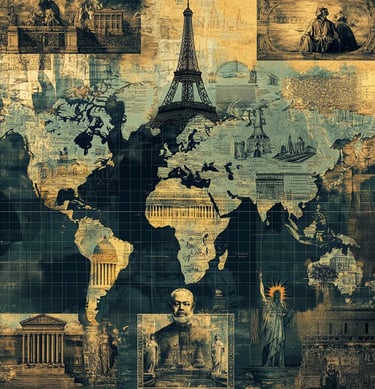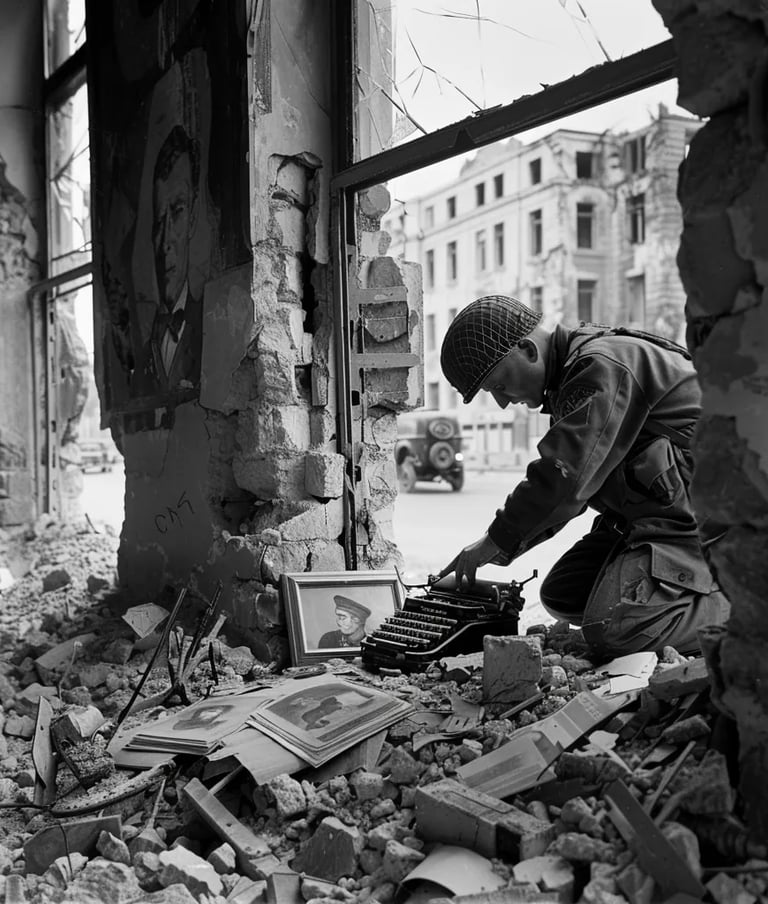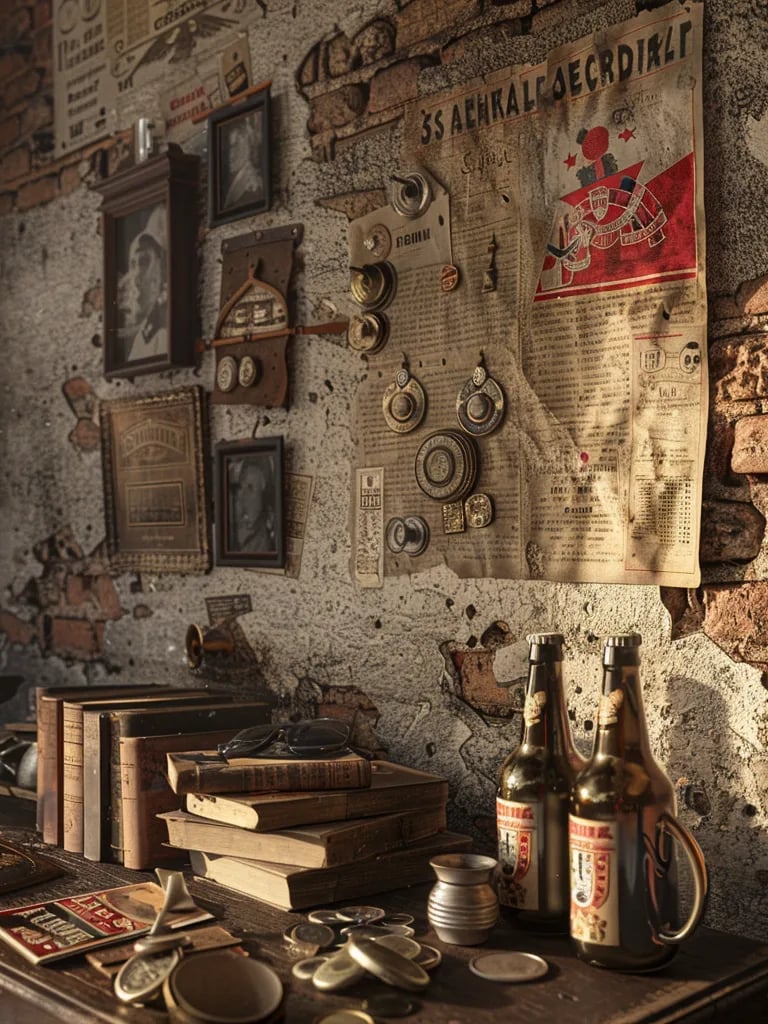Aboard the Santa Maria, Christopher Columbus's crew grew increasingly restless during their prolonged voyage without sight of land. Frustration led to an attempted mutiny, but Columbus managed to restore order and motivate his men. Just days later, they sighted the Bahamas, marking the European discovery of the Americas and initiating a transformative era of exploration and colonization.
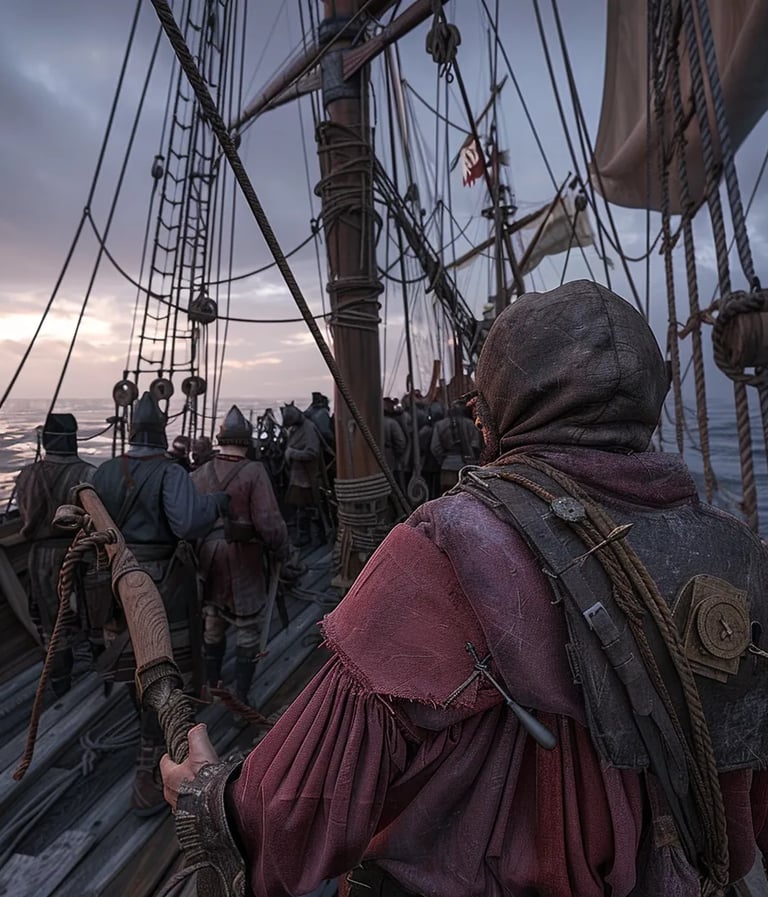

1492 – Columbus's Crew Attempts Mutiny

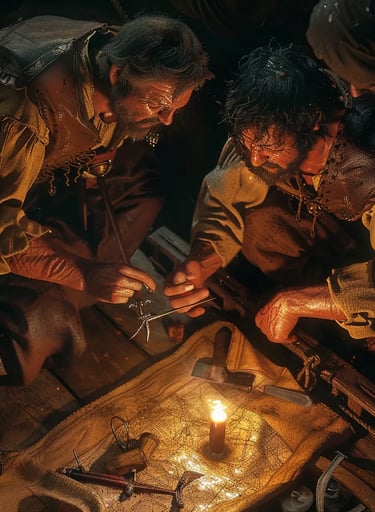


In 1580, over 600 Papal troops landed at Smerwick in Ireland to support the Second Desmond Rebellion against English rule. This intervention was part of a broader conflict between Catholic and Protestant powers in Europe. Despite the Papal support, the rebellion was ultimately suppressed, strengthening English control over Ireland and altering the region’s political and religious landscape.


1580 – Papal Forces Land in Ireland
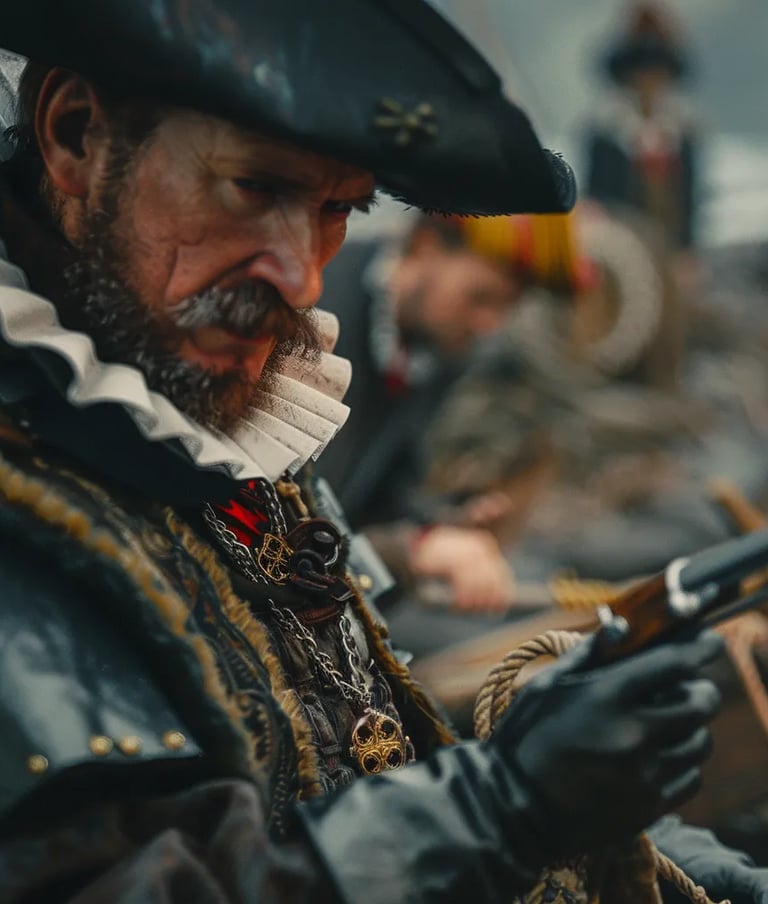

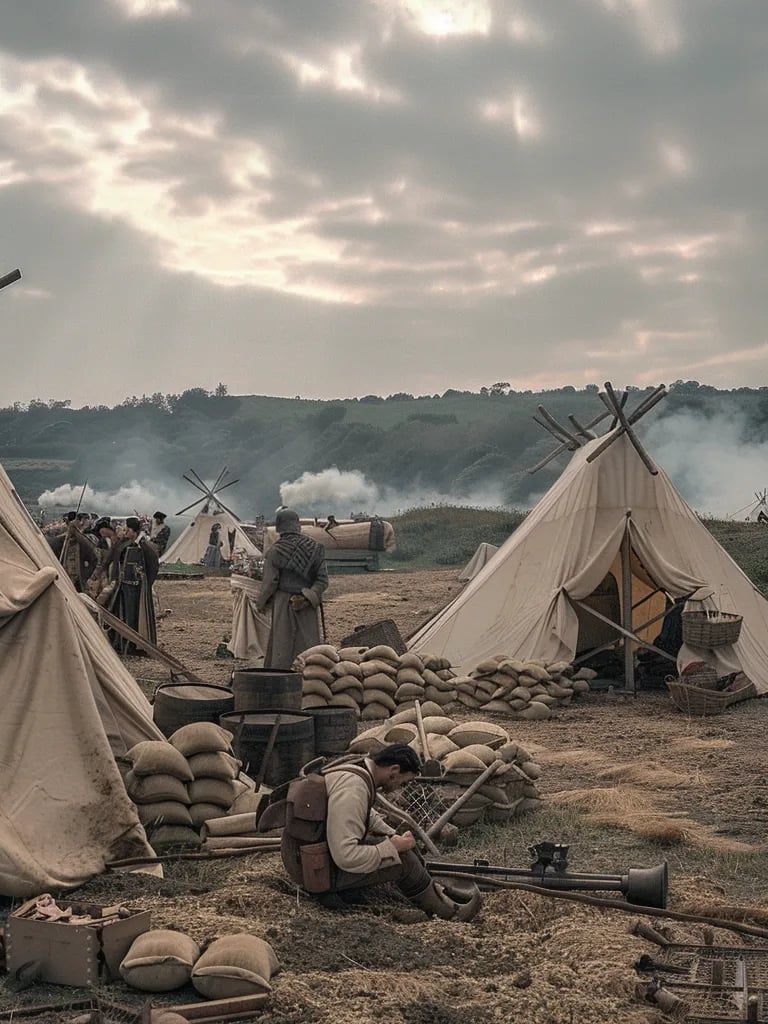

The Ndyuka people, descendants of escaped African slaves in Suriname, signed a treaty with Dutch colonial authorities, securing territorial autonomy and self-governance. This landmark agreement recognized the Ndyuka’s rights to their land and set a significant precedent for other Maroon communities in the Americas. It symbolized the resilience of enslaved peoples and their ability to establish sovereignty.
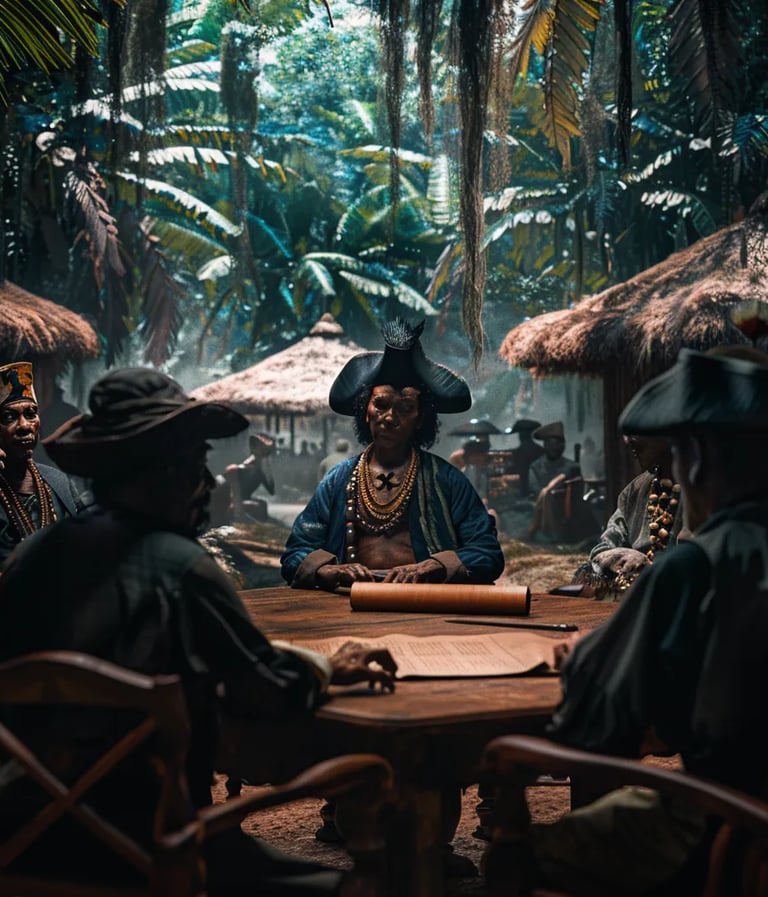

1760 – Ndyuka Treaty in Suriname
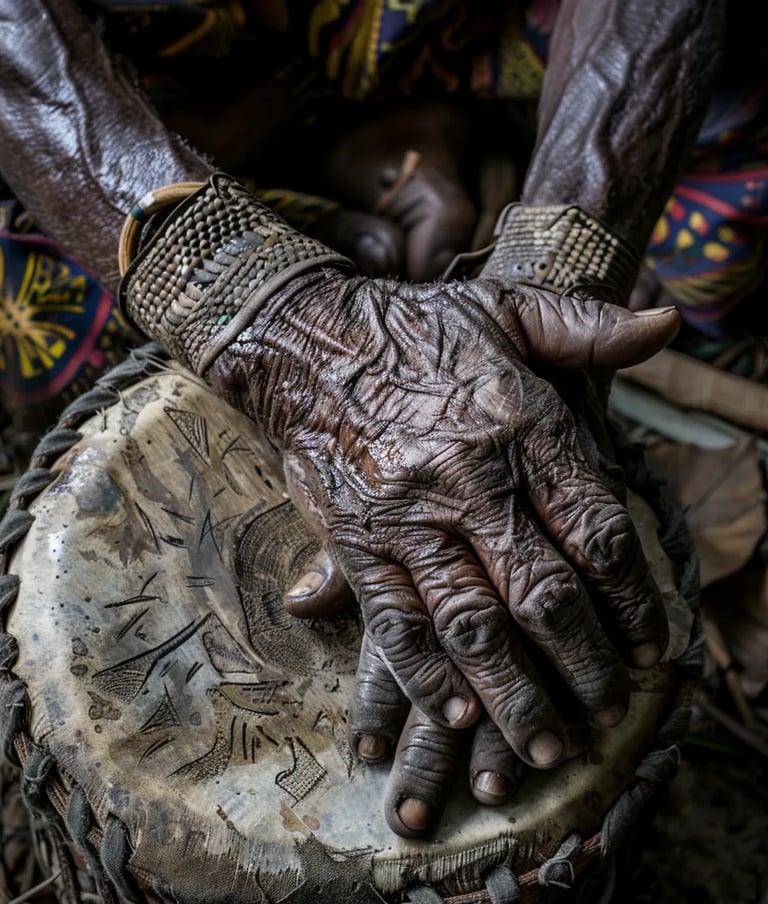

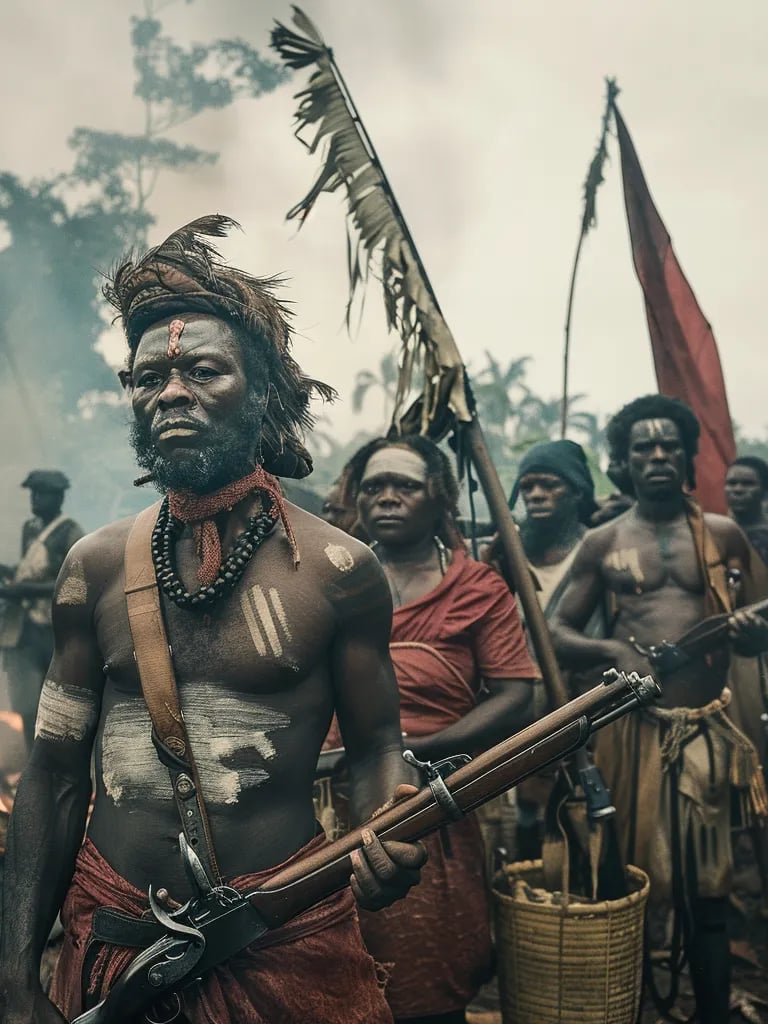

The deadliest Atlantic hurricane on record struck the Caribbean, killing an estimated 20,000 to 30,000 people. The storm devastated the Lesser Antilles, destroying towns and crippling the region’s colonial economies. The hurricane’s impact also influenced naval strategies during the American Revolutionary War, as it disrupted military movements and maritime engagements in the region.
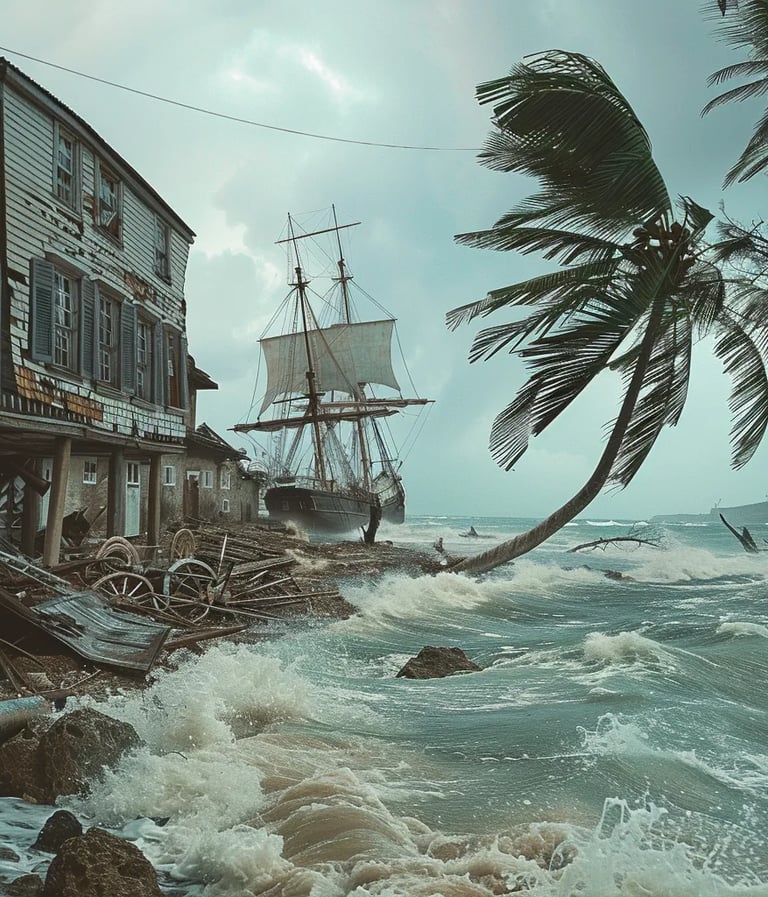

1780 – Great Hurricane of 1780
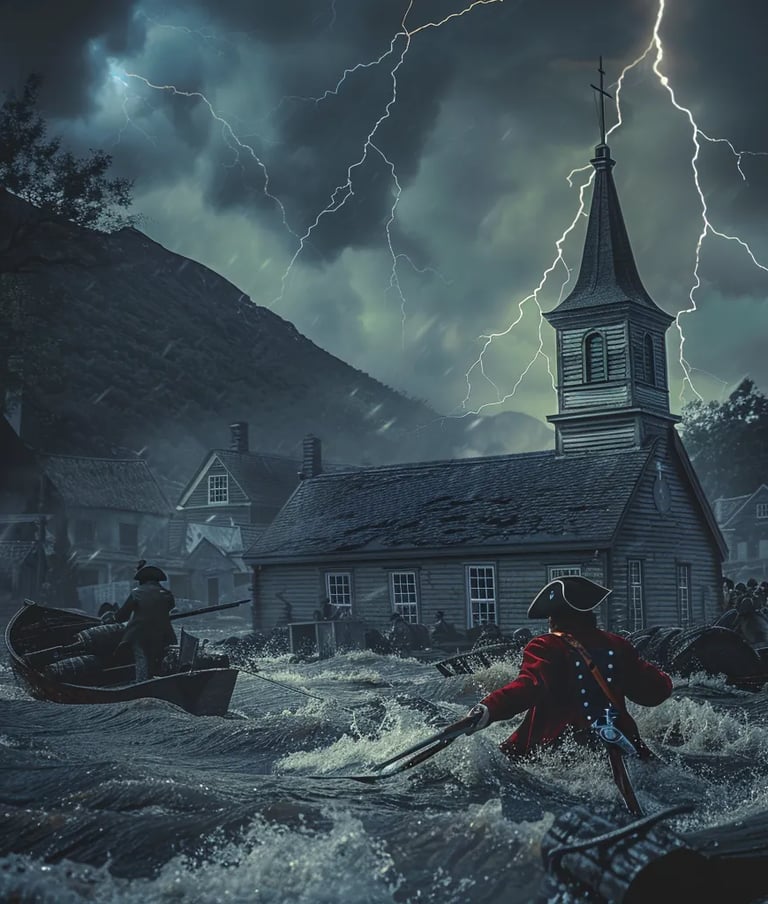

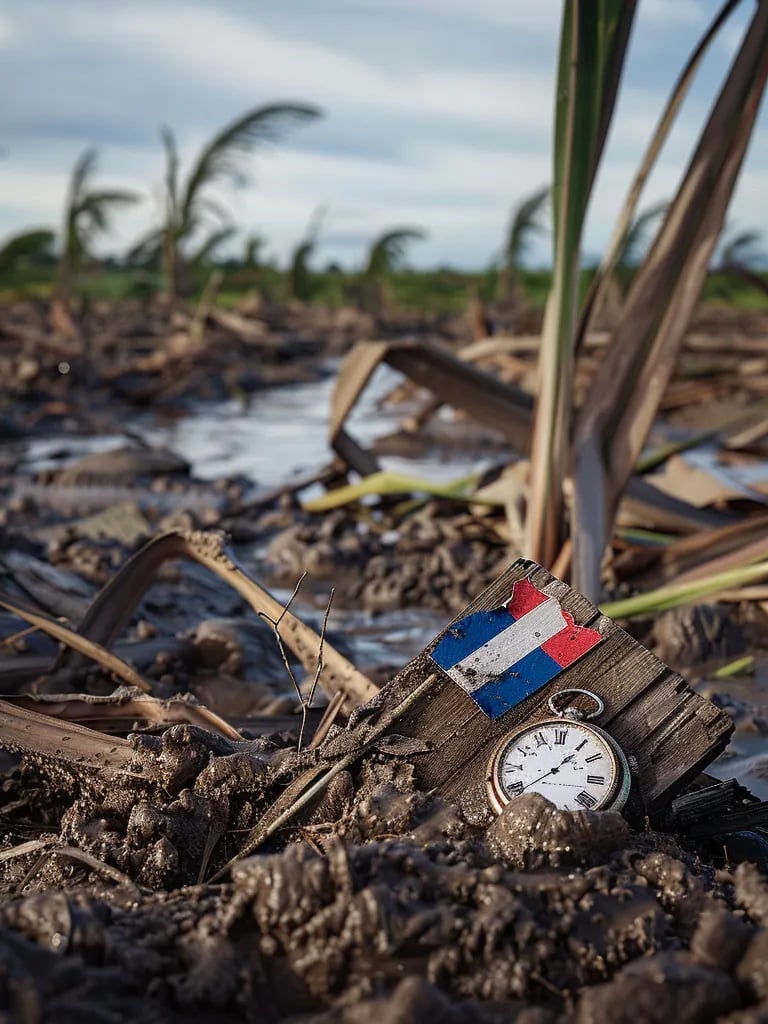

After Germany’s defeat in World War II, the Allied powers officially dissolved the Nazi Party to eliminate its ideology and prevent a resurgence. This marked the beginning of the denazification process, aiming to purge Germany of Nazi influence. The dissolution paved the way for war crime trials, including the Nuremberg Trials, and reshaped Germany’s political and social landscape.





